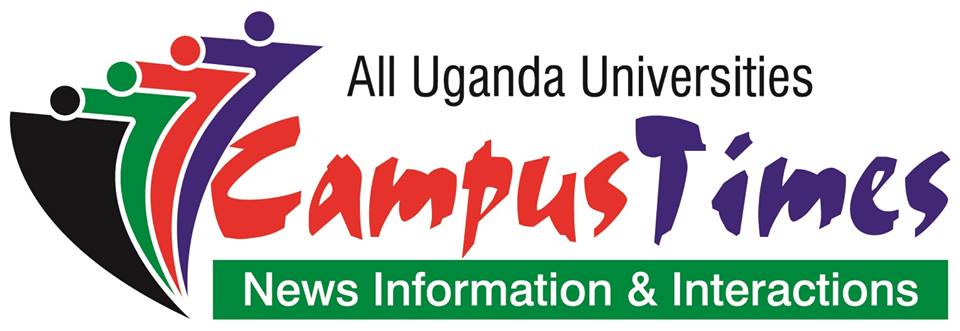There’s a schism in the world of historical romance novels. It’s bigger than the British Regency sub-genre and it even predates Bridgerton, the hit Netflix series based on Julia Quinn’s octet of bodice-rippers. But the wildly popular TV version – which shifts non-committally between a series with race-blind casting and a series attempting to fantastically reimagine the race politics of the 19th century – has definitely forced the issue. How historically accurate does historical romance need to be to still be considered, well, historical?It’s a consequential question, for fans and publishers. Historical romance is the most popular sublisting in romance fiction, regarded as the genre’s “gateway drug”, as one editor put it to me. From there, a reader might branch out into contemporary romance or American western or even paranormal. But historical romance is where the fascination typically takes hold and most historical romance is, in fact, Regency fiction like Bridgerton.Oh, Bridgerton. The series, executive produced by Hollywood powerhouse Shonda Rhimes, didn’t so much debut in December 2020 as bulldoze the period scene. Season one, which centres on a romance between a white aristocratic daughter (Phoebe Dynevor) eager for marriage and a Black duke (Regé -Jean Page) who’s sworn off the institution, quickly became Netflix’s “biggest series ever”, as the streamer put it at the time. Season two, which sees a white viscount (Jonathan Bailey) pursue an Indian bride (Simone Ashley) from Bombay – presumably against the unspoken backdrop of colonisation – did even bigger numbers.
But other than it’s race-inclusive casting – and one gay sex scene featuring a minor character that saw the series accused of “queerbaiting” – Bridgerton plays the Regency romance genre’s greatest hits. There are social calendars dominated by balls and conversations dominated by what characters intend to wear to them. There’s emphasis on society’s constraints: the heroine struggling for autonomy and the duke bristling against his obligations, which somehow lands them on equal footing. The series also trades in the most ubiquitous genre tropes. In season one, like in Quinn’s first novel, we get a forced-proximity romance: two people who fall in love as they play out a fake relationship (for nonsensical reasons, I might add). Season two is a classic enemies-to-lovers slow burn.
This may have all once had readers rending their garms. “Traditionally, historical readers knew their history… you never wanted to make a historical inaccuracy,” says Amy Pierpont, editor-in-chief at Forever, Grand Central Publishing’s romance imprint. Forever publishes some of the biggest names in the genre, like Elizabeth Hoyt and Grace Burrowes. But now, she says, authors have “a little bit more leeway”, in no small part because of the influx of new readers that Bridgerton has recruited to the genre.
And these readers didn’t grow up on closed-door romances from OGs like Burrowes. On their “gateway” show, a Black actor plays Queen Charlotte and the beau monde gets their quadrille on to a string quartet cover of Ariana Grande’s “Thank U, Next”. (I swear it works.) They’re primed for anachronism, eager for representation, and, if Amazon blurbs and Goodreads community reviews are to be believed, mostly want to know how a hot new release compares to Bridgerton.
Amalie Howard’s new summer book, Always Be My Duchess, about a duke who courts a ballerina in violation of all class propriety, is marketed as “Pretty Woman meets the Bridgertons.” Sophie Irwin’s 2022 release A Lady’s Guide To Fortune-Hunting is recommended “for readers of Jane Austen and fans of Bridgerton”. And Reputation from Lex Coucher arrived in stores recently with a race-inclusive cover and the improbable praise: “If Bridgerton and Fleabag had a book baby”. (Though my personal favourite comp is for the 2021 novel The Redemption of Philip Thane: “Bridgerton meets Groundhog Day”.)Some publishers saw this new romance wave coming, ditching the cheap, bulky mass-market treatment the genre usually gets. Instead, they began publishing titles in trade paperbacks with gorgeous illustrated covers, the kind that wouldn’t be out of place on an upmarket women’s fiction table at the bookstore. They’re leaning into the Bridgerton effect and its audience, even timing big releases with the series’ season premieres.

